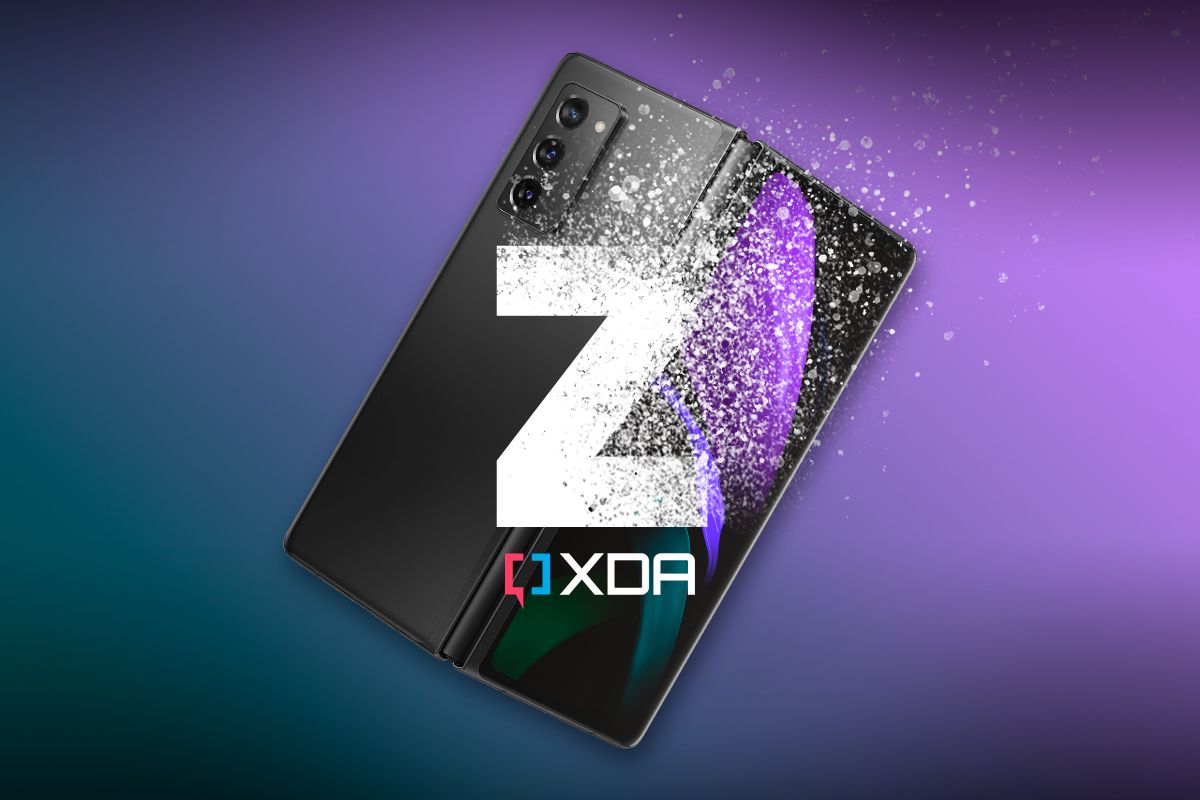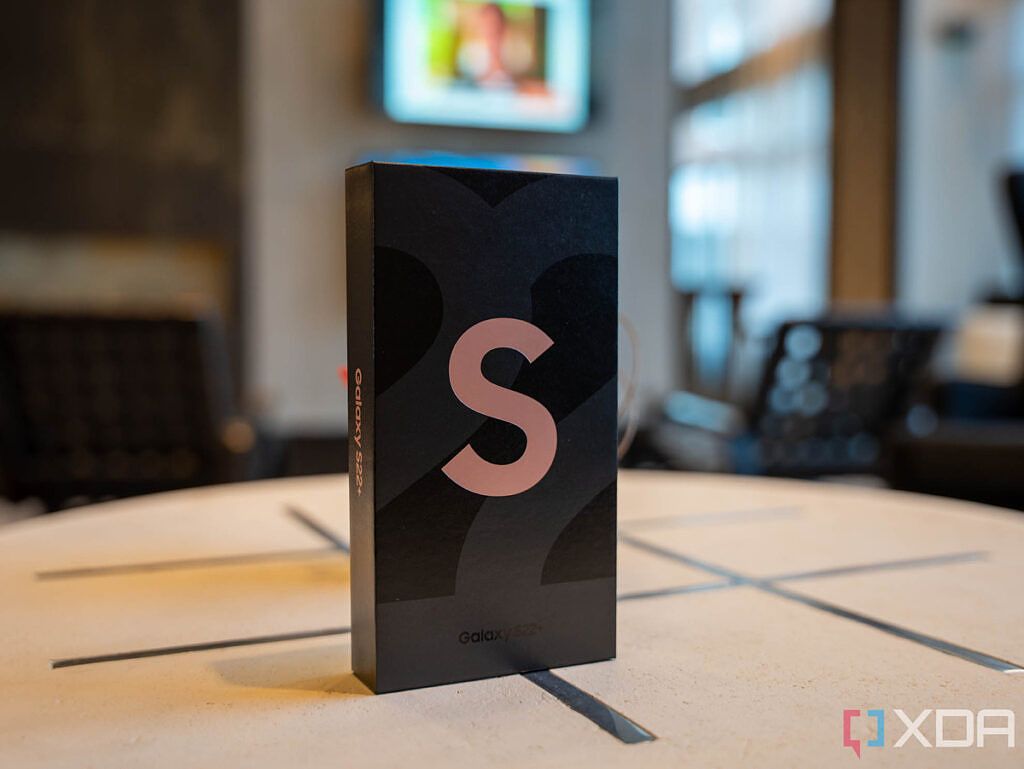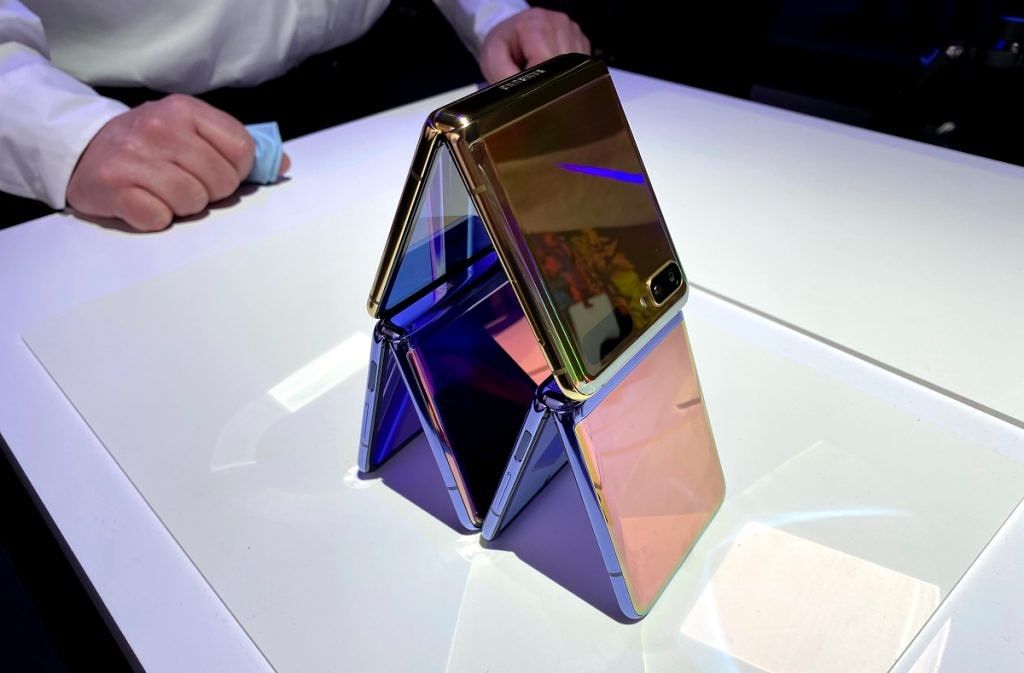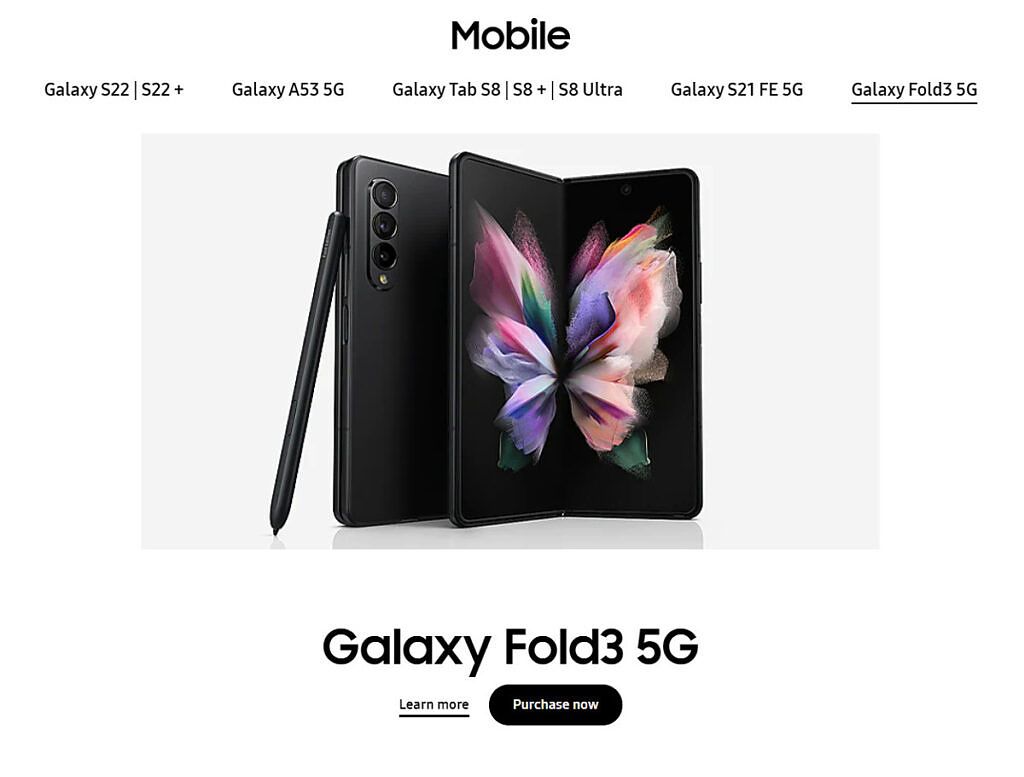Smartphones are everywhere, and smartphone brandings are everywhere too. And I mean the latter in less of an "omnipresent" sense and more of an "all-over-the-place" idea. Because of the super-commoditized nature of a smartphone, what we call every smartphone is as important as what that smartphone is. Names stick, and they accumulate reputation and identity that become very important to make your product stand out in a sea of me-too's. That is why every Samsung phone is called a Galaxy and every Apple phone is called an iPhone. Call it a part of their identity, or a badge of honor -- names are important, even on smartphones.
We're decades into the smartphone business now, and phone brandings date back to the very early days of their company's smartphone business themselves. Every product success since the start has added its own piece of identity to the history of the lineup, making it harder for the next product to shake off the weight of expectations that comes with the moniker. So when product names stray from their expected trajectory, consumers yearn for explanations. Where is the OnePlus 4? Why is there an iPhone X and not iPhone 9 and 10? Has it been 22 phones already since the first Galaxy S? Why is the Galaxy S22 Ultra not a Galaxy Note? What even is a Pro Max, and is it better than an Ultra? The answer to each of these questions is different, but the essence remains the same: Why are you changing things when things didn't need changing? Why are you taking away my familiarity?
The polar opposite to this familiarity is the introduction of new technology, and along with it, new product lines. Companies introduce new brandings all the time, and most such introductions are accompanied with an attempt to string the new product back to its ancestors and carry over some goodwill. When Samsung announced its entry into the foldable smartphone space, it did so with the "Samsung Galaxy Fold" -- a name that carried the legacy of "Galaxy" forward into the foldable era. The name made sense: You could expect all the hallmarks of an Android smartphone from the house of Samsung, and then it would fold. Pros and cons of the phone aside, the name was simple and familiar, and I personally felt that Samsung had something very impactful and long-lasting in this name.
Samsung's next foldable came in the form of the flip-phone-reminiscent "Samsung Galaxy Z Flip"....wait, where did the "Z" come from? Samsung suddenly decided to christen its foldables as "Z", even though the shape that these phones made when folded/flipped was a very clear "L" or "V". There was nothing Z-like on the Galaxy Z Flip, apart from Samsung's insistence on adding this double-hinged letter to denote a single-hinge foldable. Then came along the Galaxy Z Flip 5G, the Galaxy Z Fold 2, the Galaxy Z Flip 2, and the realization that the Z is here to stay for these foldables.
Schrödinger's Z: Z and no Z at the same time
As the company was quoted at the time:
"With the Z Series, we are adopting a new naming convention for our foldable portfolio that shows our commitment to expanding the category to offer a variety of experience. We chose ‘Z’ for this series because it intuitively communicates the idea of a fold while delivering a dynamic, youthful feel."
Do you know what else intuitively communicates the idea of a fold? Fold and Flip. The Z felt out of place then, and it continues to feel out of place even in 2022. It even makes the full name of the phone difficult to roll off the tongue and makes creating content about the phone avoidably cumbersome. It might have made sense to club Samsung's foldables under the Z umbrella -- but relegating them to an experimental niche is in stark contrast to attempts at mainstreaming then. If foldables are the future, then why can't foldables sit alongside our Galaxies? Further, the price tag of these phones has so far ensured that Gen Z has largely stayed away from them. So who exactly was "Z" appeasing?
Here a Z, there a Z. But not everywhere a Z.
News now arrives that Samsung has removed the "Z" branding from the name of its foldable in some European nations. Samsung has not shared any official statement on the reason for this removal, but speculation is that it has to do with the current geo-political scenario in Europe. As you can see below, regions like Estonia and Latvia now refer to the foldables as Galaxy Fold and Galaxy Flip, omitting the Z from the name.
Samsung has not rolled out the shorter name to the rest of Europe and the world, and there's nothing to indicate that they will be doing so. But a disjointed branding hurts the prospects of future devices, especially when the speculated geopolitical triggers behind this change continue to remain uncertain and seemingly indefinite. Within the narrow topical confines of smartphones, it brings us back to a situation where a name was forcefully introduced and familiarized and is now being rolled back, snatching away the newfound familiarity. Will the next Galaxy foldable be called the Galaxy Z Fold 4 or the Galaxy Fold 4 across the world? Too early to speculate, but we hope for the latter, simply because it would make it simpler and easier to follow for everyone.
What's in a name?
What's in a name, you ask? To this I say, a lot. I have always been a function-over-form person, and the idea that a name could affect how a product performs sounded patently illogical to me in the past. But over the years, the realization has grown on me that names do hold considerable value, especially on a commodity like smartphones. Names breed familiarity and set expectations. And expectations set benchmarks that decide what is considered good and what is considered bad. These factors may not be enough to redeem a bad product nor sink a good one. But they do affect how an average consumer subconsciously perceives what is in front of them.
Companies have taken undue liberty of chaining together alphabets and letters, resulting in a confused cacophony of S, R, T, Z, SE, FE, Note, Lite, Mini, Pro, Max, Pro Max, Pro Plus, Ultra, and more, with 4G and 5G sprinkled on top as the garnish that nobody asked for. What we have ended up with is a web of rebranding and copycat names that reeks of misdirection and ends up making the smartphone space difficult to follow for the average consumer. It's high time we hit the reset button on these 10-20 syllable names, and I hope OEMs and their marketing departments introspect.




